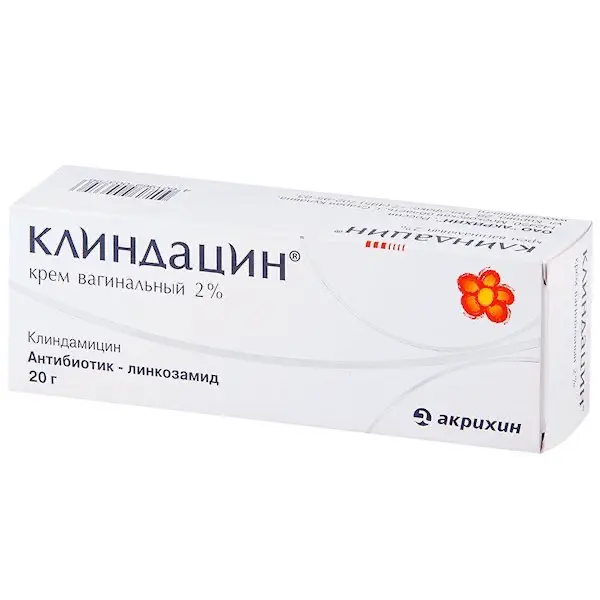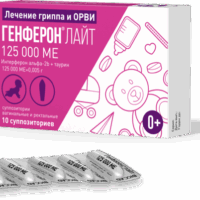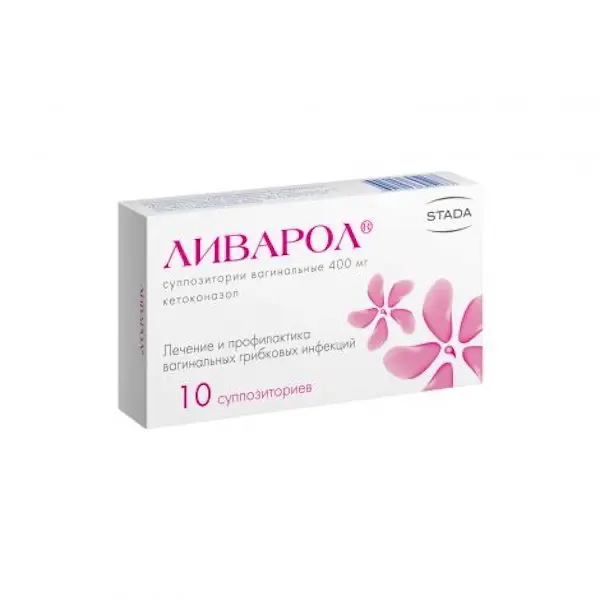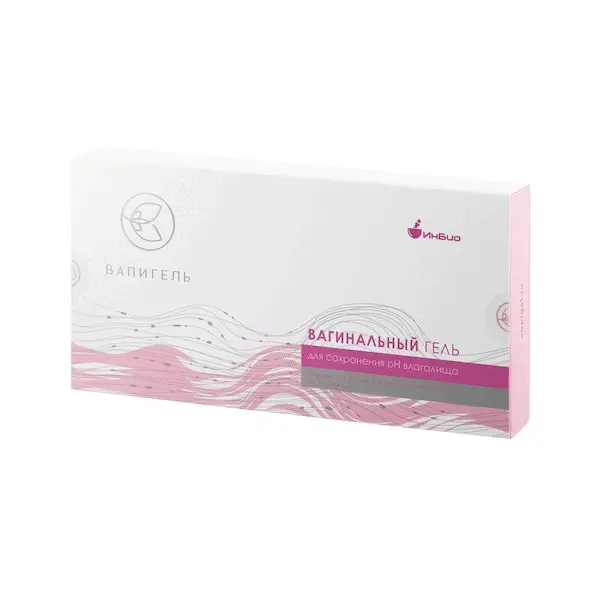Description
Clindamycin Pharmacodynamics
Clindamycin phosphate is inactive in vitro, but is rapidly hydrolyzed in vivo to form clindamycin, which has antibacterial activity.
Clindamycin belongs to the group of clindamycin antibiotics, which inhibits protein synthesis in the microbial cell due to the interaction with the 50S ribosome subunit and affects the translation process.
Clindamycin, like most protein synthesis inhibitors, is primarily a bacteriostatic whose effectiveness is related to the duration of maintaining the concentration of the active substance at a higher level than the MPC (Minimum Suppressive Concentration) of the infecting organism.
Resistance to clindamycin is in most cases due to modification of target ribosomal sites, usually through chemical modification of the RNA nitrogenous bases or point mutations of RNA or sometimes protein mutations.
Under in vitro conditions, cross-resistance between lincosamides, macrolides, and streptogramines B. There is cross-resistance between clindamycin and lincomycin in some organisms.
Under in vitro conditions, the following microorganisms causing bacterial vaginosis are sensitive to clindamycin: Gardnerellci vaginalis, Mobiluncus spp., Mycoplasma hominis, Bacteroides spp., Peptostreptococcus spp.
Bacterial culture and sensitivity studies are not usually performed to establish the diagnosis and guide treatment for bacterial vaginosis. There is no standard methodology for evaluating the sensitivity of potential bacterial vaginosis pathogens (Gardnerella vaginalis, Mobiluncus spp.). Methods for determining the sensitivity of Bacteroides spp. and Gram-positive anaerobic cocci and Mycoplasma spp. are described by the Clinical and Laboratory Standards Institute (CLSI), and borderline sensitivity values for clindamycin for Gram-negative and Gram-positive anaerobic bacteria are published by the European Committee on Antimicrobial Susceptibility Testing (EUCAST).
For clinical isolates that are sensitive to clindamycin but resistant to erythromycin, a D-test should also be performed to determine clindamycin resistance. Nevertheless, borderline values are intended to guide systemic antibiotic treatment rather than local treatment.
Indications
Bacterial vaginosis.
Contraindications
-Hypersensitivity to clindamycin, lincomycin or excipients;
-In patients with a history of antibiotic-associated colitis;
-Age under 18 years of age (data on safety, efficacy are not available).
Use during pregnancy and during breast-feeding:
Pregnancy .
No adequately controlled studies on the use of the drug during the first trimester of pregnancy have been conducted; therefore, Klindacin® vaginal cream may be administered to women during the first trimester of pregnancy only for absolute indications, i.e. when the potential benefit to the mother exceeds the potential risk to the fetus.
In animal studies no adverse effects on the fetus have been found during subcutaneous or oral administration of clindamycin, except in cases when the drug is administered in doses toxic to the mother.
When clindamycin was administered intravaginally in the second and third trimesters of pregnancy, no increase in the frequency of fetal congenital abnormalities was noted. Abnormal deliveries occurred in 1.1% of women compared to 0.5% in the placebo group if clindamycin vaginal cream was used in the second trimester for 7 days. The use of the drug in II-III trimesters of pregnancy is possible if the potential benefit to the mother outweighs the risk to the fetus.
Breast-feeding period.
It is not known whether clindamycin is excreted into the breast milk after intravaginal administration. Clindamycin is detected in breast milk at concentrations <0.5 to 3.8 µg/mL after systemic administration. Clindamycin has the potential to have adverse effects on the gastrointestinal microflora of breastfed infants, such as diarrhea, blood in the stool, or rash. If a breastfeeding mother requires oral or intravenous clindamycin, this is not a reason to stop breastfeeding, but an alternative medication may be preferred.
Consideration should be given to the developmental and health benefits of breastfeeding as well as the clinical necessity of the mother’s use of clindamycin and any potential adverse effects associated with clindamycin or the mother’s underlying disease on the breastfed infant.
Dosage and administration
- To be administered intravaginally with an applicator.
- Recommended dose: One full applicator (5 g cream, approximately 100 mg clindamycin), preferably before bedtime for 3 or 7 consecutive days.
- Instructions for use of the applicator:
The disposable applicators enclosed in the package are designed to accurately dispense and inject the Clindamycin® cream into the vagina.
1.Open the tube of cream by removing the cap. Puncture the membrane of the tube with the back of the cap. Screw the plastic applicator onto the threaded neck of the tube.
2. Gently press the tube from the opposite end and gently squeeze the cream into the applicator. The applicator piston moves independently as it fills the desired volume. The applicator is full when its piston reaches the stop. Unscrew the applicator and close the tube with the cap.
3. In the supine position, pull your knees up to your chest. Holding the applicator horizontally, gently insert it into the vagina as deeply as possible, taking care not to cause discomfort.
4. Slowly pushing the plunger until it stops, inject the entire volume of the cream into the vagina.
5. Carefully remove the applicator from the vagina and discard it in a waste container.





